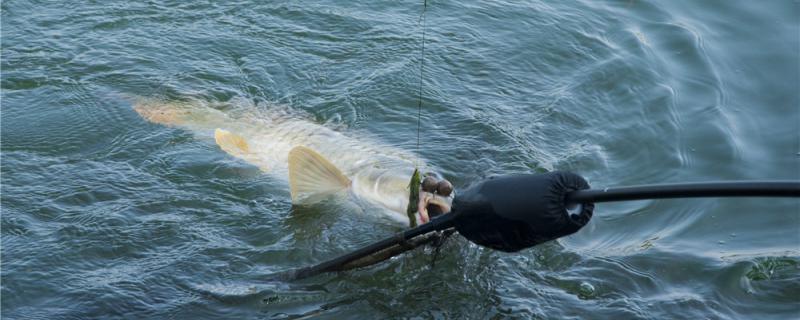
water is the most commonly used way to regulate water quality. Because there are many residual baits in the pond, it is easy to produce a large amount of ammonia nitrogen and hydrogen sulfide, which will pollute the water body and harm the health of fish, especially in the high temperature season. Therefore, water should be added every 7-10 days, and the thickness of water should be about 20-30 cm. If the water quality deteriorates, it is necessary to change the water in time and inject new water after discharging part of the old water.
Fish need to breathe in the pond, breathing can not be separated from oxygen, if the oxygen is insufficient, the water quality can not be guaranteed, so it needs to be increased appropriately. The method of oxygenation generally uses an aerator, which should be opened at noon on sunny days, at sunny days on cloudy days, at midnight on continuous rainy days, and not during the day.
In order to avoid too many harmful bacteria in water, it is necessary to use drugs to sterilize regularly. Quicklime is commonly used for sterilization, which can not only purify water quality, but also regulate pH and prevent fish diseases. It is usually used once every 15 days, and 10-15 kg can be used per mu. After adding water to make pulp, it can be sprinkled on the whole pond while it is hot.
agents Biological agents can also play a role in improving water quality. Usually, photosynthetic bacteria, Bacillus and address improvers are used. They can remove harmful substances such as ammonia nitrogen, nitrite and hydrogen sulfide in water, enhance the immunity of fish and avoid their illness. Generally, they should be used once every 30 days.